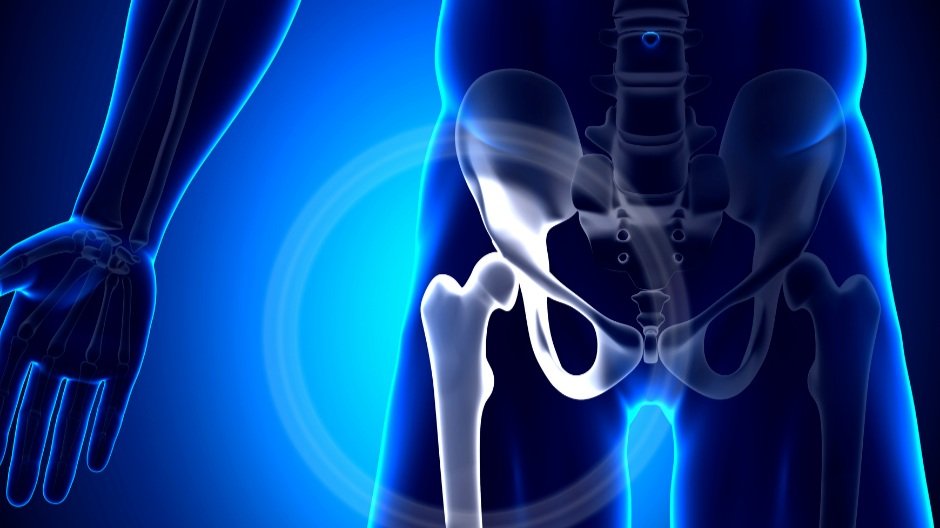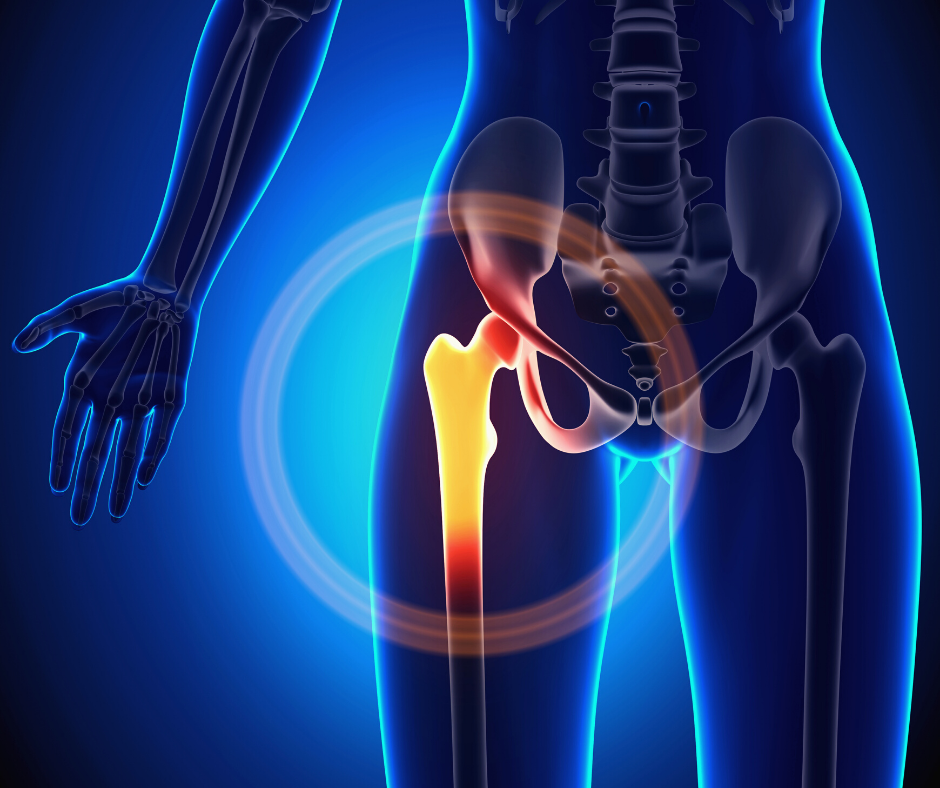
Hip Conditions
The hip joint is a major weight-bearing joint, responsible for the ability to walk, run, rise from a sitting position, and climb stairs. The hip is where the thigh bone meets the pelvis, forming a ball and socket joint that is connected and stabilized by surrounding ligaments and muscles. Hip pain commonly develops due to repetitive strain and overuse of the hip. Hip conditions can include hip pain, hip labral teras, sacroiliac joint dysfunction, snapping hip syndrome, hip osteoarthritis, piriformis syndrome, and a total hip replacement.
Hip Pain
Hip pain develops due to repetitive strain on and overuse of the hip from sport or work activities. Hip pain can be felt in the groin area, the front of the hip, and the side of the hip and may be due to muscle strain, osteoarthritis, or inflammation of hip bursa.
Physical therapy is an effective, non-surgical treatment for hip pain that decreases pain, increases mobility, and improves flexibility and strength of the hip joint.
If a hip condition becomes severe, hip surgery may be needed. Following hip surgery, it’s critical to receive timely, post-surgical rehabilitation to ensure a safe recovery and restored function of the repaired hip.
Hip Osteoarthritis
Hip osteoarthritis is a common condition causing hip pain. Osteoarthritis occurs when injury or inflammation in the joint causes the cartilage that lines and cushions the joint’s surfaces to break down. Once the cartilage is damaged, the hip joint can become extremely painful, inflamed, and swollen.
Physical therapy treatment for hip osteoarthritis includes manual therapy, balance and gait training, stretching and strengthening exercises, and an exercise conditioning program.
Exercise helps improve leg and hip control as well as the function of the muscles that stabilize the hip.
Snapping Hip Syndrome
Snapping hip syndrome is a common injury among dancers, gymnasts, runners, and soccer players.
Snapping hip syndrome occurs when a hip muscle or tendon slides and stretches over the hip bone, then snaps when tension is released during movement, causing pain and tightness in the front, back, or side of the hip.
Physical therapists help to loosen tension in the hip and strengthen and heal the muscles and tendons causing snapping hip syndrome using manual therapy, stretching and strengthening exercises, and functional training.
Piriformis Syndrome
Piriformis pain syndrome can develop due to tightening of the piriformis muscle, which can irritate or compress the sciatic nerve and cause pain in the buttocks, hip, and lower back.
The piriformis muscle is a flat, band-like muscle located in the buttocks directly above the sciatic nerve that stabilizes the hip joint and enables lower extremity movement.
Physical therapists can relieve piriformis syndrome pain and restore normal movement and range of motion in the affected area through targeted strengthening exercises, movement reeducation, and manual therapy.
Hip Labral Tears
A hip labral tear involves the hip labrum separating from or pulling away from the hip socket. Hip labral tears may result from direct trauma to the hip joint but are most common due to repetitive stress placed on the hip.
Hip labral tears are common in sports like soccer, hockey, and long-distance running that require extremes of motion, repetitive twisting, and sharp movements.
Physical therapy effectively addresses hip labral tear symptoms and helps to maximize the hip’s strength and mobility through manual therapy, therapeutic exercise, and a progressive strengthening program.
Sacroiliac Joint Dysfunction
Sacroiliac joint dysfunction involves pain and altered function in the joints of the pelvis and is often associated with low back pain.
The sacroiliac joint absorbs shock placed on the lower body to reduce pressure on the lower spine.
Physical therapy is an essential component of sacroiliac joint dysfunction rehabilitation, reducing pain and restoring normal pelvic symmetry through therapeutic exercise and manual therapy.
Total Hip Replacement
A total hip replacement is a major orthopedic surgery performed due to arthritis or certain hip fractures to relieve severe pain, improve hip mobility, and restore function. A hip replacement involves removing damaged bone and cartilage from the hip joint and replacing it with prosthetic parts.
Physical therapy is essential both before and after total hip replacement surgery. Prehabilitation prepares you for a successful surgery and recovery through an exercise conditioning program to increase patient stamina, flexibility, and joint mobility. Physical therapy after surgery is critical to regaining full function and range of motion in the new hip.






